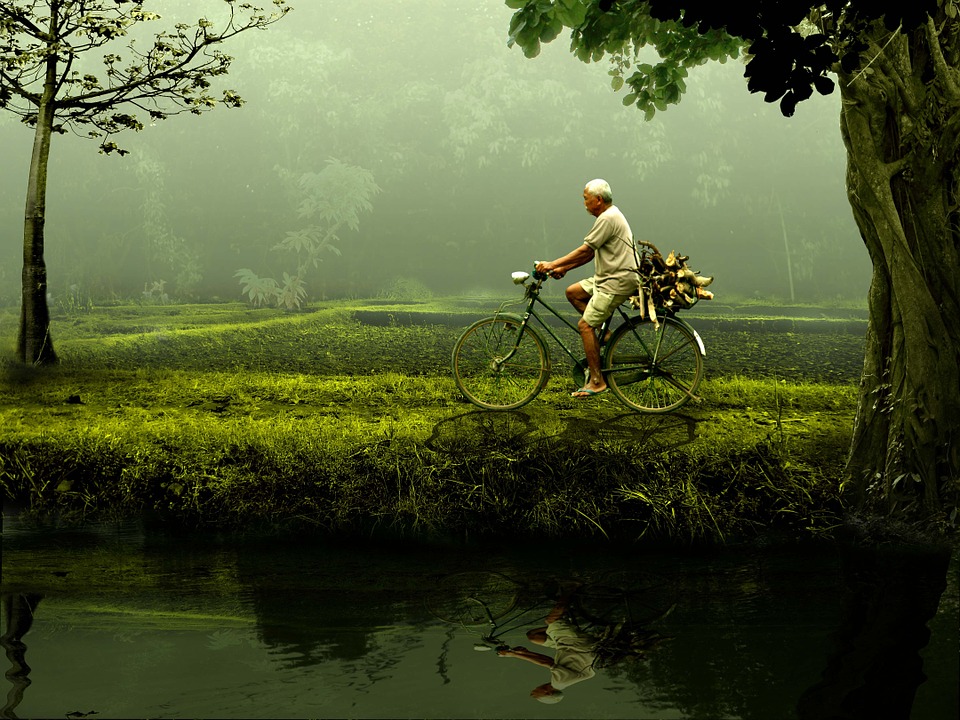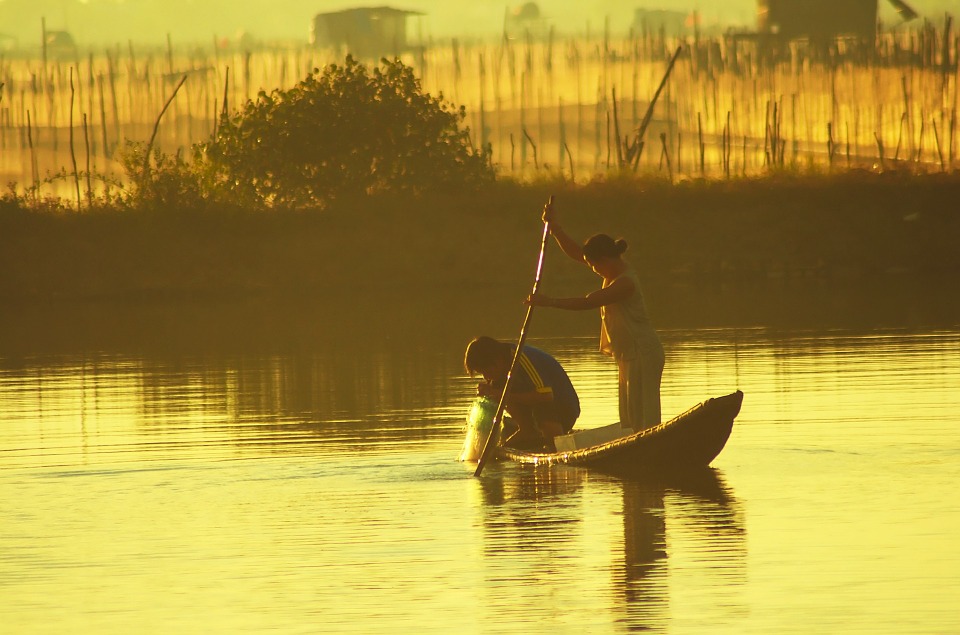Gone are the days when we – as travel content consumers – drool over vivid descriptions of blue skies and calm seas. Behind us are the times when we fall head over heels with the described colours of the Sahara Desert. Lost are the moments when we devour articles that talk giddily about hidden gems, startling sunsets and dreamy cities.
Readers of travel content today are incredibly sophisticated, and exposed to more travel writing than ever before, so it takes more than a pretty description of a landscape to get readers’ feet itching. Today’s readers are looking for something more tangible in their travel writing. And one of the best ways to add it is to include a protagonist.
In the art of storytelling, characters are crucial, and travel content writing is no different. Want to know more about why adding faces to your content can be effective… and the best ways to do it? Then read our expert tips below.

The real reason we travel
There are many ways in which the open road calls to us, but you only need to look at the changing trends in the travel industry to understand the direction the new millennials are heading. Once upon a time it was all inclusive holidays with sangria in the sand, now its experiential travel to walk with tribes, cooking classes with the Berber people of Morocco, home stays instead of hotels, and schemes like Eat With inviting strangers to dine in open homes rather than restaurants. The theme remains the same; it’s about embracing culture and human connection. Travel writing needs to follow these trends. A real sense of place comes by writing the narrative of a real person.
Make yourself the star
Travel bloggers and personal adventurers can always be the star of their own stories. Readers love to get caught up in someone’s exploration of the globe. We feel the heat of Beijing blast the skin when stepping off the plane, our hearts beat in sync during a dodgy taxi ride in Nicaragua, and we feel the cataclysmic joy of jumping from a cliff in Norway into the steely cobalt waters below. Readers connect with the first person narrative because they trust a voice that talks about ‘I’. With third person writing, you are distanced and standing on the edge of the action. Turn to first person and suddenly you are walking the streets in their shoes. When there is the freedom to pen in first person you should always try and explore that route to see how it works.
But what about travel brands? How do they inject a personal narrative into their ads…?

Putting together a cast
Travel brands creating content, from brochures to destination guides, may not always be able to bring in that first person narrative, but that doesn’t mean they can’t apply a little of the human touch. Creating a cast of characters takes us beyond the pretty postcard image and into an identifiable sensory world. For example, when creating destination guides, descriptions and itineraries, even describing ‘the crinkled faced fishermen casting their lines’ to talk about the serenity of the Algarve, or the ‘brassy laugh and ruddy cheeks’ of the Bavarian bartender serving foaming pints during Oktoberfest will help. When there are people in a situation, there is a story to tell.
Choosing your angle
Finally, to truly take your travel writing to another level, keep an eye our for fresh perspectives. For example, when arriving in a place like Halong Bay in Vietnam, all eyes will turn to the velvet limestone cliffs rising out of the water and the wooden dhows drifting past. Take a closer look; you can see the locals trying to fish in makeshift boats bobbing against the currents created by these tourist ships. How has tourism affected the lives of these local residents? There’s a good way to find out – try to talk to one of the fisherman. You may find they invite you in for tea. Suddenly, you are sitting in a fisherman’s home, discussing the changes to the local area while members of their family roll noodles in the background. Suddenly you have your story, and it’s one that has yet to be told; one that won’t get lost in the fold of the thousands of cookie-cutter articles gushing over those limestone cliffs.

Want to see how to bring characters into your travel writing? Check our latest projects. We’re also on Twitter.
— Words by guest contributor Jodie Oakes.
